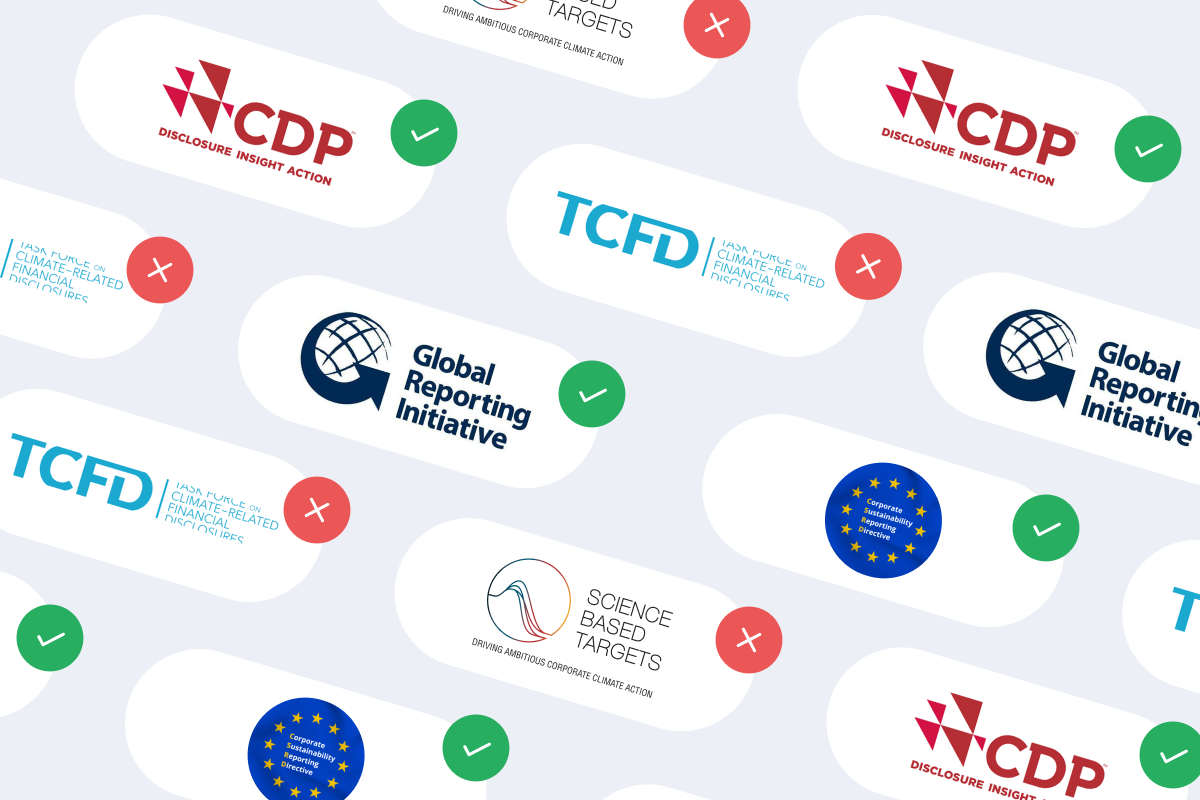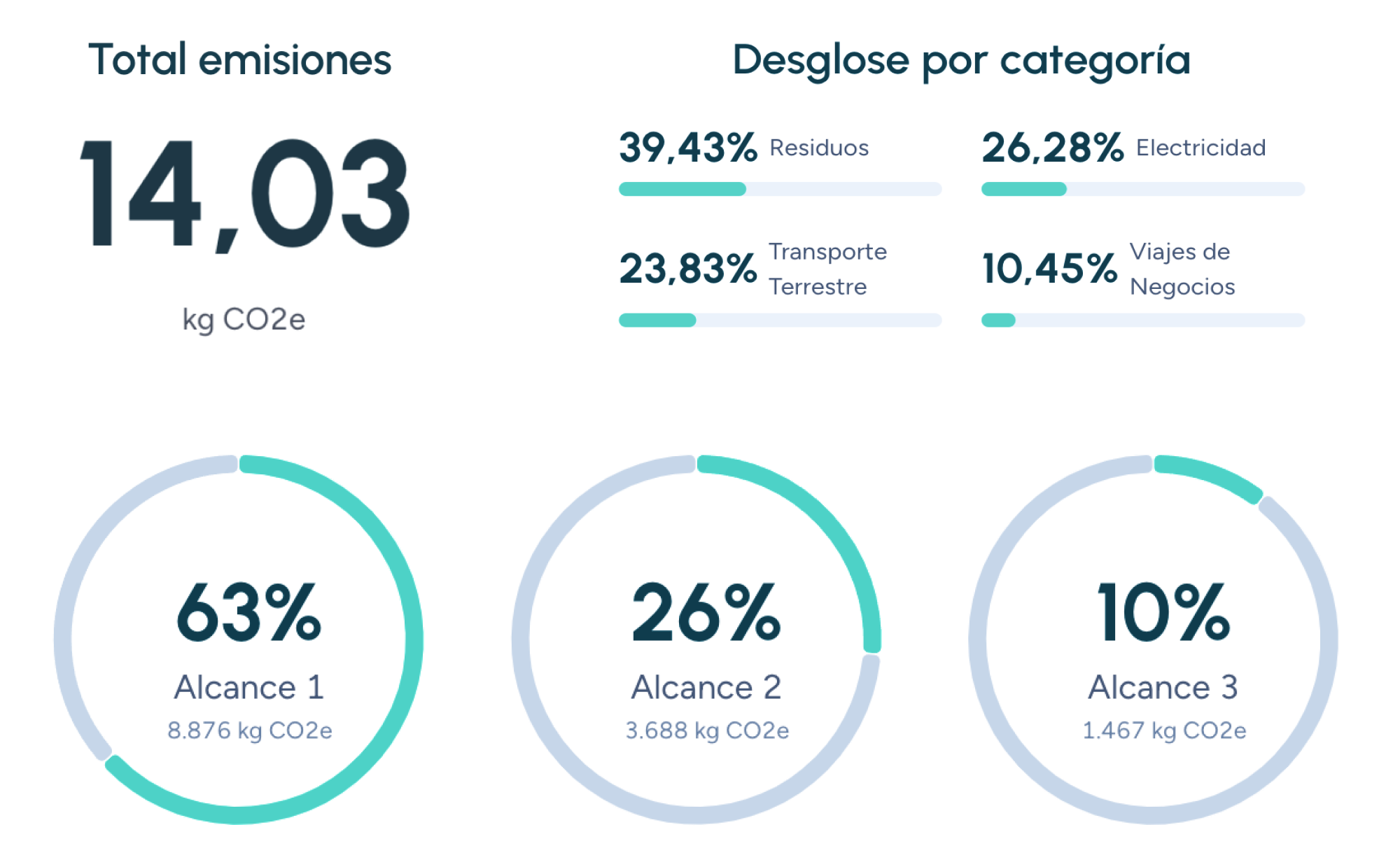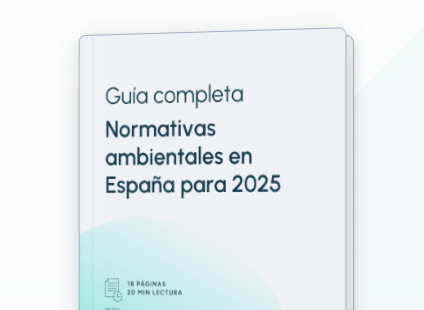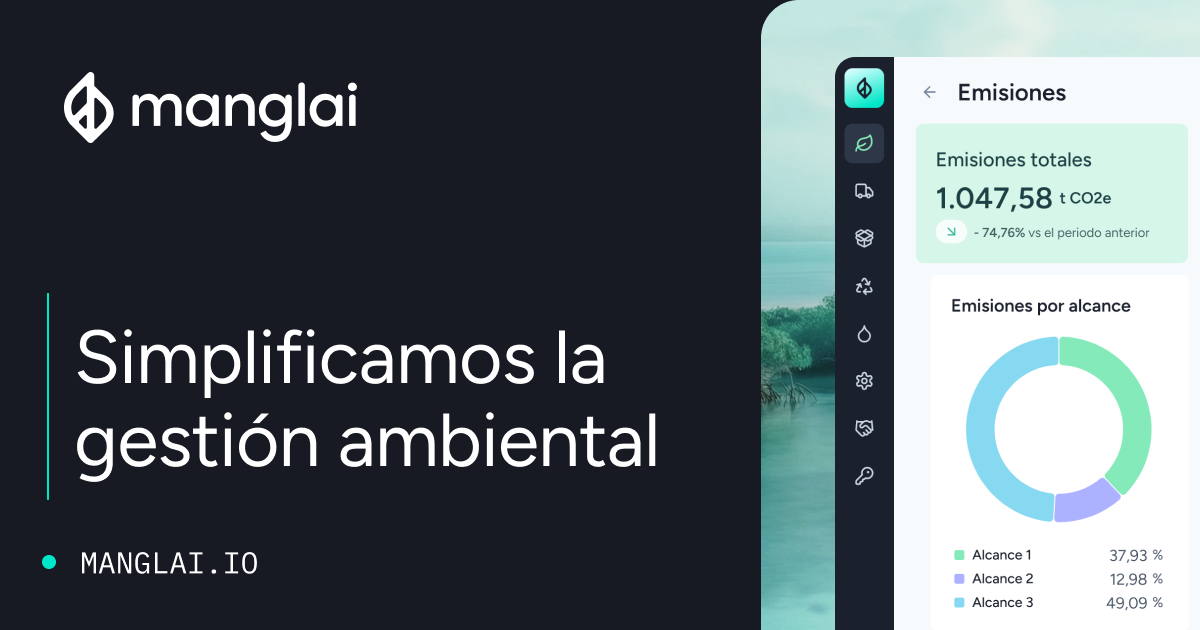Back to the blog
Emission reduction
Scope 4 emissions: The next big thing in sustainability?
Andrés Cester
CEO & Co-Founder
When measuring a company’s carbon footprint, most businesses focus on Scope 1, Scope 2, and Scope 3 emissions as defined by the Greenhouse Gas Protocol. However, a new dimension known as Scope 4 emissions is garnering attention. While not formally recognized in standard frameworks, Scope 4 represents the avoided emissions—emissions prevented by a company’s products, services, or operational strategies.
This article explores the concept of Scope 4 emissions, why it’s gaining traction, and how businesses might track and leverage these impacts in their sustainability narratives.
Understanding Scope 4 emissions
Scope 4 emissions (also called “avoided” or “counterfactual” emissions) refer to the greenhouse gases that would have been emitted if a more carbon-intensive product or service had been used instead. For instance, if an electric car replaces a traditional gasoline-powered vehicle, the difference in lifetime emissions could be categorized as avoided emissions.
Though not yet included in GHG Protocol or ISO standards, some forward-thinking companies and research institutions are using the term to highlight positive climate impacts.
Examples of Scope 4 in action
- Renewable energy products: A solar panel manufacturer can claim avoided emissions if its product displaces coal or gas-fired electricity generation.
- Efficient appliances: A maker of energy-saving refrigerators or air conditioners might calculate how much energy (and thus CO2) customers avoided by choosing their product over less efficient models.
- Shared mobility: Ride-sharing platforms or micro-mobility solutions (e.g., e-scooters) reduce individual car trips, thus cutting overall carbon output.
- Digital transformation: Transitioning from physical mail to email or from in-person conferences to virtual meetings can prevent a notable volume of emissions.
Why Scope 4 matters
- Innovation incentive: Tracking avoided emissions provides companies with a strong business case to invest in sustainable product design and R&D.
- Marketing and branding: Illustrating avoided emissions can differentiate products in a crowded marketplace, resonating with eco-conscious consumers.
- Investor interest: As ESG investing gains momentum, demonstrating net-positive climate impacts can attract capital from green finance funds.
- Policy alignment: Future regulations may reward companies that not only cut their direct emissions but also enable customers or entire value chains to reduce emissions.
Measuring avoided emissions
Quantifying Scope 4 involves counterfactual scenarios—estimating the emissions that would have occurred without the product or service.
Typical approaches include:
- Lifecycle Analysis (LCA): Compare emissions over the entire lifecycle of the existing product (e.g., fossil-fuel-based) with the alternative (renewable or electric).
- Industry benchmarks: Use average emissions data for similar products in the market as a baseline.
- Behavioral metrics: For mobility solutions, track how many vehicle miles traveled (VMT) were displaced by shared rides or e-scooter use.
Challenges and controversies
- Methodological complexity: Creating accurate counterfactual baselines can be challenging. The margin of error or assumptions made (e.g., average usage rates, grid emission factors) can significantly alter results.
- Risk of greenwashing: Without standardized guidelines, some companies might inflate avoided emissions claims, undermining credibility.
- Double counting: Multiple organizations may claim the same avoided emissions (e.g., a solar panel supplier, the installer, and the utility), complicating true net impact calculations.
- Policy gaps: No current regulatory framework mandates or standardizes Scope 4 reporting, leaving interpretations open and inconsistent.
Best practices for Scope 4 reporting
- Transparency: Disclose all methodologies, baselines, and assumptions in detail.
- Third-party verification: Partner with reputable organizations or consultants to audit avoided emissions calculations.
- Conservative estimates: It’s often better to underestimate than to risk credibility through over-optimistic claims.
- Align with existing standards (where possible): While not an official category, try to align your calculations with widely recognized LCA methods from ISO 14044 or PAS 2050.
Case study: A clean tech manufacturer
Consider a wind turbine company that sells turbines to replace coal-based power. By estimating how much electricity the turbine will generate over its lifespan, comparing it to the emissions from coal power, and accounting for manufacturing and transport emissions, the company can present a net avoided emissions figure. This data helps the manufacturer market its solutions to utilities and governments seeking to reduce their carbon footprints, thereby enhancing business opportunities.
The future of Scope 4
While not yet formalized, Scope 4 could evolve as stakeholder interest grows. Think tanks, NGOs, and private sector coalitions might push for more robust guidelines. If integrated into frameworks like the Science Based Targets initiative, Scope 4 could become a standardized method to highlight positive emissions handprints—the idea that corporations can leave a net benefit on the planet.
Integrating Scope 4 into your sustainability strategy
- Identify core products/services: Which offerings genuinely replace high-carbon alternatives?
- Develop metrics and tools: Use LCA software or partner with academic institutions for rigorous methodological support.
- Collaborate across the value chain: Suppliers and customers can provide data to build more accurate baselines.
- Communicate internally and externally: Educate employees about the concept of avoided emissions and share validated success stories in your sustainability reports.
Scope 4 emissions: Highlighting climate impact beyond the value chain
While Scope 4 emissions remain an emerging and sometimes debated concept, they spotlight the positive climate impact a company can exert through its products, services, and innovations. As businesses race to decarbonize, showcasing avoided emissions can serve as a powerful differentiator—provided these claims are transparent, verified, and free of exaggeration.
Whether Scope 4 becomes formally standardized or not, its emphasis on genuine net-benefit solutions is shaping the next frontier in corporate sustainability.
Andrés Cester
CEO & Co-Founder
About the author
Andrés Cester is the CEO of Manglai, a company he co-founded in 2023. Before embarking on this project, he was co-founder and co-CEO of Colvin, where he gained experience in leadership roles by combining his entrepreneurial vision with the management of multidisciplinary teams. He leads Manglai’s strategic direction by developing artificial intelligence-based solutions to help companies optimize their processes and reduce their environmental impact.
Content
Companies that trust us

Science Based Targets (SBTi): How to Set Decarbonisation Goals Aligned with the Paris Agreement
Learn how to set SBTi-aligned targets consistent with the Paris Agreement. Practical guide for companies: requirements, benefits, and steps.
03 December, 2025
AI in Scope 3 Calculation: How to Overcome the Supplier Data Barrier
AI is transforming Scope 3 calculation with precise data, full traceability, and automated workflows.
19 November, 2025
Market-based vs. Location-based Emissions Accounting
Understand the difference between Market-based and Location-based Emissions Accounting methods.
12 May, 2025
Guiding businesses towards net-zero emissions through AI-driven solutions.
© 2025 Manglai. All rights reserved
Política de Privacidad


